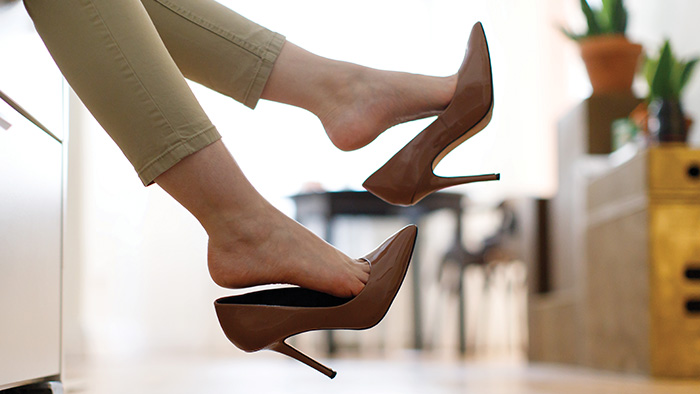
Heel pain and stiffness can be a common problem for many people, whether it's due to wearing uncomfortable shoes, standing for long periods, or participating in intense physical activities. To combat these issues, heel stretchers can be a useful tool to help improve flexibility and alleviate discomfort. With so many options available on the market, it can be overwhelming to choose the right one for your needs. In this comprehensive guide, we will provide you with all the information you need to select the perfect heel stretcher to go from stiffness to flexibility. Refer: https://caffrey.ca/product-category/shapes-stretchers/
Understanding the Benefits of Heel Stretchers
Before delving into how to choose the right heel stretcher, it's important to understand the benefits that these devices can provide. Heel stretchers can offer various advantages, including:
- Relieving heel pain and discomfort
- Improving flexibility in the Achilles tendon and calf muscles
- Helping with conditions such as plantar fasciitis and Achilles tendonitis
- Enhancing overall foot health and mobility
Types of Heel Stretchers
1. Wooden Heel Stretchers
Wooden heel stretchers are a traditional option that provides a firm and sturdy stretch for your heels. They are typically adjustable in terms of length and can effectively stretch out tight muscles in the calves and Achilles tendon.
2. Plastic Heel Stretchers
Plastic heel stretchers are lightweight and often come with additional features such as pressure point targeting and adjustable stretching levels. They are a more affordable option compared to wooden stretchers and can be suitable for beginners.
3. Inflatable Heel Stretchers
Inflatable heel stretchers are convenient for travel and storage as they can be deflated when not in use. They provide a customizable stretch by adjusting the level of inflation to suit your comfort level. These stretchers are great for targeting specific areas of tightness.
Factors to Consider When Choosing a Heel Stretcher
1. Material
- Wooden stretchers offer a firm stretch but may be heavier and less portable.
- Plastic stretchers are lightweight and affordable but may not provide as intense of a stretch as wooden stretchers.
- Inflatable stretchers are versatile and portable but may not offer as much stability as solid options.
2. Size and Adjustability
- Ensure that the heel stretcher is adjustable to accommodate different foot sizes.
- Consider the length of the stretcher to ensure it can sufficiently stretch out your heel and calf muscles.
3. Comfort and Support
- Look for padding or cushioning on the stretcher to provide comfort during stretching sessions.
- Consider if the stretcher offers additional features such as pressure point targeting for a more customized stretch.
4. Intended Use
- Determine whether you need a heel stretcher for daily use or for specific conditions such as plantar fasciitis.
- Consider if you need a stretcher for pre-workout stretching or post-workout recovery.
Tips for Using a Heel Stretcher
Once you have selected the right heel stretcher for your needs, here are some tips for using it effectively:
- Start with a gentle stretch and gradually increase the intensity to avoid injury.
- Use the stretcher consistently to see improvements in flexibility and comfort.
- Combine stretching exercises with the heel stretcher for enhanced results.
- Consult a healthcare professional if you experience persistent pain or discomfort while using the stretcher.
Conclusion
Heel stretchers can be a valuable tool for improving flexibility, relieving pain, and enhancing overall foot health. By understanding the different types of heel stretchers available and considering factors such as material, size, and intended use, you can choose the right stretcher to suit your needs. Whether you opt for a wooden, plastic, or inflatable heel stretcher, incorporating this device into your daily routine can help you go from stiffness to flexibility with ease.

